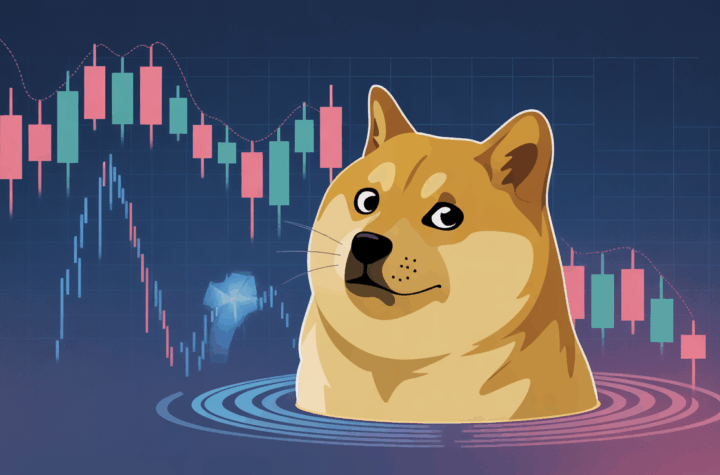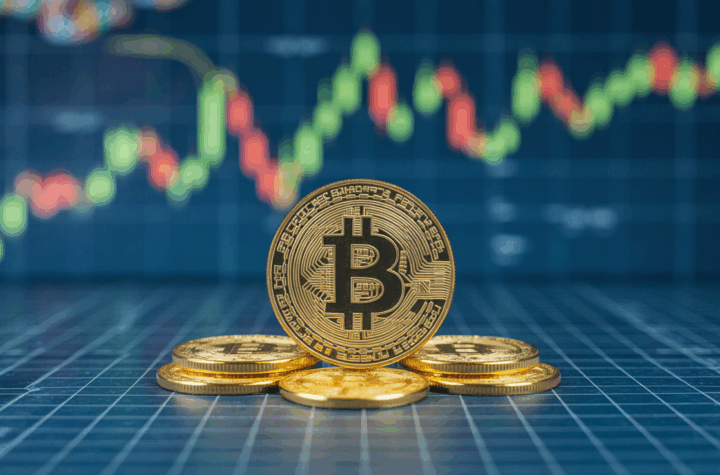
Trump’s Tariff Gambit Shakes Markets — But Inflation May Be Headed Lower, Not Higher
Markets braced for the worst when President Trump reignited a global trade war earlier this year. But now, a growing body of market data suggests that inflationary fears may have been overstated — and that risk assets like bitcoin (BTC) could be poised for a comeback.
In his January 20 inaugural address, Trump pledged to aggressively reshape global trade. Within days, tariffs were reimposed on China, Canada, and Mexico. By April, the standoff between the U.S. and China alone had ballooned into a full-blown tariff war, with over 100% duties slapped on each side’s exports.
Initially, the reaction was predictable: markets tanked. Bitcoin fell nearly 20% from its February highs, while stocks, bonds, and even the dollar came under pressure. The fear wasn’t just trade disruption—it was stagflation, the toxic mix of slow growth and persistent inflation, which the Fed itself floated as a risk in its latest forecasts.
Market Indicators Tell a Different Story
Yet behind the headlines, key inflation indicators are flashing a different signal: disinflation. Breakeven inflation rates — the difference between yields on standard Treasuries and inflation-protected ones — have dropped sharply in recent weeks.
The five-year breakeven rate has fallen from over 2.6% in February to 2.32% today, while the 10-year has slipped from 2.5% to 2.19%. That suggests investors see inflation cooling, not climbing.
So what gives? Economists argue that while tariffs increase prices at first, the effect can quickly reverse. If consumers can’t afford the higher prices and wages don’t follow, spending drops. That can slow economic activity and push prices lower in the medium term.
Historical Patterns Reinforce This View
The idea that tariffs don’t always drive inflation isn’t new. “Tariffs have historically been deflationary, especially in developed economies,” notes Jim Paulsen, a Wall Street veteran and author of Paulsen Perspectives. “In fact, the disinflation we’re seeing may give the Fed the flexibility to shift toward rate cuts. Help is on the way.”
Economist Ravi Batra echoed this sentiment in a 2001 study, pointing out that past U.S. tariff regimes were often followed by a decline in the cost of living — not a rise.
What It Means for Bitcoin
If markets are misreading the inflation outlook — and the Fed responds to disinflation by easing policy — the macro picture for bitcoin could change rapidly. Crypto tends to benefit from dovish central banks, looser financial conditions, and a general rebound in risk appetite.
What looked like the start of a stagflationary spiral might, in hindsight, become a turning point. With breakevens falling and growth concerns mounting, a Fed pivot could be on the horizon — and the next leg up for crypto might not be far behind.






More Stories
DOGE drops to $0.18 amid long-term holder exits and a looming death-cross price pattern.
Asia Markets: Cautious Calm Settles Over Bitcoin as Risk Positions Rebuild
“Analyst Dubs It ‘Bitcoin’s Silent IPO’ While Dissecting Market Stagnation in Viral Essay”